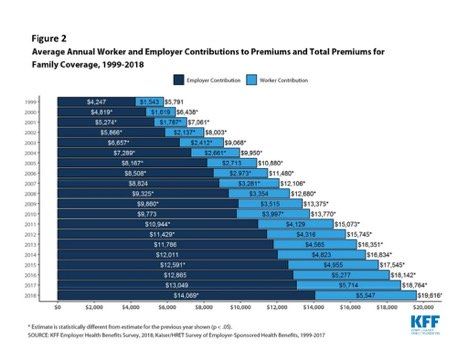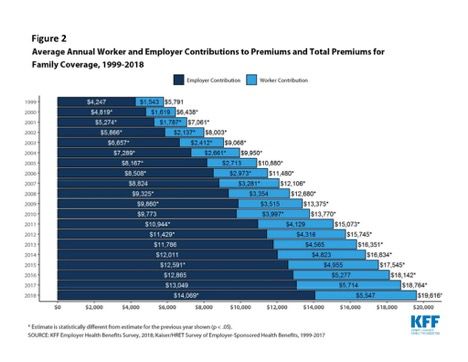Blog
Article
Why primary care physicians should break with insurance, consider DPC
Author(s):
Primary care physicians are trapped in a non-sustainable business model.
©Monkey Business Images/Shutterstock.com


Editor's Note: Welcome to Medical Economics' blog section which features contributions from members of the medical community. These blogs are an opportunity for bloggers to engage with readers about a topic that is top of mind, whether it is practice management, experiences with patients, the industry, medicine in general, or healthcare reform. The opinions expressed here are that of the authors and not UBM / Medical Economics.
A new high of nearly $20,000 per year per family for employer-provided health coverage was reached in 2018, according to the Kaiser Family Foundation. This is double the cost in 2004 with the employee portion rising steadily to 31 percent or $5,714 along with a deductible of about $1,500.

Can these intolerable costs be reduced while also improving care outcomes at the same time? Some say it is a matter of more competition between insurers. Others suggest there needs to be a shift from fee-for-service to value-based payments for care, or the offering of universal health insurance. These are all approaches that begin with the insurance itself rather than the actual care. But the problem is with the delivery of care since this is where the money is spent, and it starts with primary care.
Primary care is broken, and this dysfunctional healthcare delivery system is what results in the rapid escalation of costs, most of the dollars being spent on managing complex chronic illnesses. Whatever is done regarding insurance coverage, the real solution to inadequate care and the per capita costs that far exceed other developed countries lies in a vibrant primary care system. But primary care physicians (PCPs) are trapped in a non-sustainable business model forcing them to see too many patients per day-all while reeling under the constraints of government and insurer rules, regulations, and responsibilities that take time away from patients. There is no time for developing a close trusting relationship so critical to effective care. PCPs end up referring far too many chronic disease patients to specialists, prescribing drugs when lifestyle changes would better suffice, and ordering multiple tests when more time with the history and examination could give the answer.
In addition, more than 50 percent of PCPs show signs of burnout. They are retiring early or seeking other career options, and medical students no longer choose primary care as a career. Yet somehow America tolerates this highly dysfunctional system of medical, not health, care.
There is another way that is being done very successfully by individual primary care practitioners-direct primary care (DPC). Other terms used are membership, retainer-based practices, or concierge practices. Although each has some differences from the others the essence is as follows: the primary care physician reduces his or her patient panel from the common 2,500 to 3,000 to a more manageable 400 to 800 and stops accepting insurance. The patient pays a fixed amount directly by the month, quarter, or year. The PCP commits to the same-day or next-day visits, appointments for as long as necessary, 24/7 cell phone access, email access, and an extensive annual evaluation focusing on wellness maintenance and disease prevention. Many DPC physicians purchase generic drugs wholesale and pass them on at no markup and may also arrange for less expensive laboratory testing and radiology procedures.
With the added time available for each patient, most issues, including the management of chronic illnesses, can be resolved by the PCP without the need for a referral to a specialist. But when one is needed, the PCP has the time to call the specialist directly, explain the issue, and request a prompt appointment. In addition, more time with the patient results in fewer tests and prescriptions and more attention to lifestyle modifications. Patient satisfaction is up; doctor frustration is down. The result is better health, the development of a trusting relationship, fewer ED visits, and fewer hospitalizations with a resultant significant decrease in the total costs of care.
Employers can embrace this approach by covering the cost of DPC/retainer, membership or concierge practice, thereby improving employee health, reducing absenteeism and sick leave while ensuring employee satisfaction and decreasing the total costs of care for both employer and employee. The time has come for these practice models. It is time for doctors, patients, and employers to embrace them.
Stephen C. Schimpff, MD, MACP, is a quasi-retired internist, professor of medicine and public policy, former CEO of the University of Maryland Medical Center, senior advisor to Sage Growth Partners, and author of Fixing the Primary Care Crisis and Longevity Decoded – The 7 Keys to Healthy Aging.





